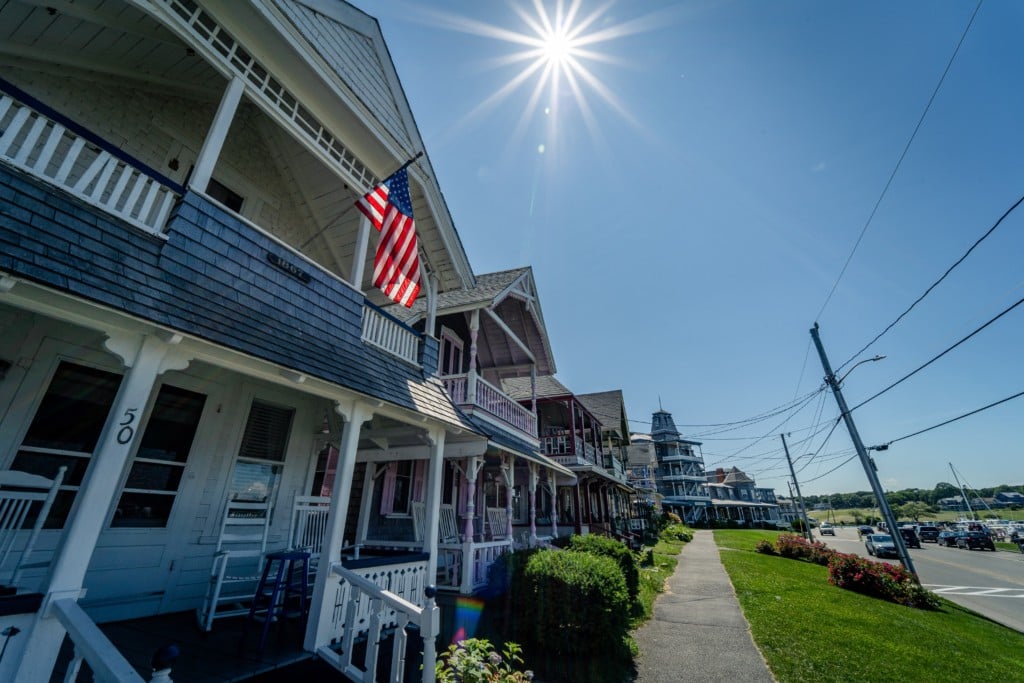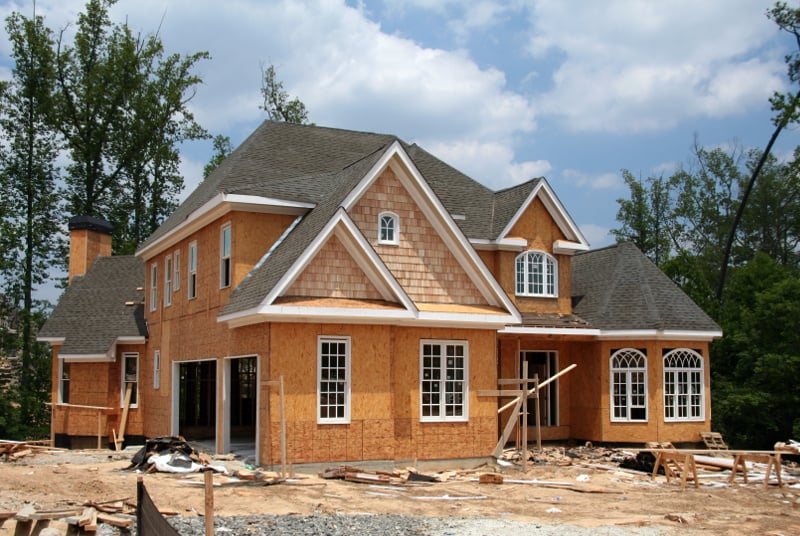CENTURY 21 Real Estate Alliance joins forces with CENTURY 21 Masters . We are stronger together! Learn More
The 2021 spring housing market can be summed up to two extremes better suited for a primetime TV medical drama than an economic snapshot: the sellers market is on steroids, while the buyers markets are on life support.

Why so extreme?
Real estate laws of supply and demand dictate that rising demand reduces the number of homes for sale and increase prices. Higher prices then motivate sellers to sell, opening greater supplies of inventories and reducing the pressure on prices. Moderated prices and more homes for sale encourage buyers to buy, and sales increase until supply and demand start their familiar dance all over again.
That’s how things are supposed to work.
Except, moving into the spring 2021 housing market, they aren’t working that way at all. Soaring prices and starving inventories aren’t motivating enough sellers to sell, nor are they discouraging many buyers from buying. So, we’re left with a pair of extremes, whose forces are stronger than supply and demand, and twisting housing markets out of shape.
Fear Worsened the Inventory Drought
Even before the COVID-19 pandemic and current recession, the housing market was facing a substantial supply shortage. Afraid of missing out on the lowest mortgage interest rates in a generation, extraordinary numbers of millennial first-time buyers jumped into the markets in the first weeks of the pandemic’s arrival in March 2020.

However, millions of sellers delayed listing their homes at the launch of the spring 2020 sales season. By July, high demand and low supplies drove sales prices to an all-time high, and inventory levels plunged 21.1% below 2019 levels, marking 14 straight months of year-over-year declines.
Inventories Are Still Disastrously Low
Fast forward to the end of February 2021, housing inventory was a record 29.5% lower than a year earlier. Buyers quickly consumed the new listings, and time on the market fell to 20 days for a home to go from listing to contract, an all-time low.
At the end of March, total housing inventory amounted to 1.07 million units, up 3.9% from February but still down 28.2% from one year ago. Unsold inventory stayed at a 2.1-month supply, marginally up from February’s 2.0-month supply and down from the 3.3-month supply recorded in March 2020. Inventory numbers continue to represent near-historic lows since NAR first began tracking the single-family home supply in 1982. In fact, according to the National Association of Realtors, the U.S. housing market is short about 3 million available homes.
New Home Production is Still Struggling
Looking beyond the spring 2021 housing market itself, a more enduring problem is the chronic underproduction of new homes. For five decades, America’s supply of entry-level homes has declined. Production of entry-level construction fell from 418,000 units per year in the late 1970s to 65,000 in 2020. According to NAR’s Lawrence Yun, new-home underproduction is the chief cause of today’s inventory shortage. Freddie Mac’s chief economist, Sam Khater, agrees.
“Simply put, we must build more single-family entry-level housing to address this shortage, which has strong implications for the wealth, health, and stability of American communities,” Khater says.

Typically in a recessionary time (such as the pandemic), housing demand declines and supply rises, causing inventory to rise above the long-term trend. Khater believes the main driver of the housing shortfall to be the long-term decline in the construction of single-family homes.
When falling rates led to higher demand, supplies could not keep up, and by late 2020, prices soared at a double-digit pace. Shortages of affordable homes brought the pandemic sales boom to a halt. Sales fell 6.6% from January 2021 to February, and supplies did not increase during February, a month when sellers traditionally begin to list their homes for the spring sales season.
Rates and Prices Will Slowly Rise During the Year
So far, the spring 2021 housing market has been a mixed bag. During the first quarter of 2021, rates on a 30-year fixed-rate mortgage stayed below 3% percent until the first week of March. By April 1, however, they reached 3.18%, which lowered the house-buying power of consumers enough to cost 55,600 potential home sales, according to First American’s chief economist Mark Fleming. Freddie Mac’s forecasters expect rates to continue to rise slowly and reach an average of 3.4% in the fourth quarter of 2021, as the economy slowly recovers from the pandemic.
What We Can Expect Moving Forward
As long as the economic outlook post-COVID is optimistic, interest rates should go higher. Despite the nation’s continued economic uncertainty, demand drivers will continue in 2021, and rates, though starting to increase, will still remain very low. A gradual return to normalcy will raise incomes, and lenders will discontinue some of their pandemic-era restrictions. More millennials and Gen Xers will enter the market, especially with those low rates.

Freddie Mac’s forecasters expect the rate on a 30-year fixed mortgage rate to average 3.4% by the fourth quarter of 2021, rising to 3.8% in the fourth quarter of 2022.
Fannie Mae forecasts that housing starts will rise 17% by the end of the second quarter over last year’s poor performance, then 4.7% in the third quarter. The massive shortfall in unsold inventory will continue, especially for affordable starter homes. Supplies are at record low levels this spring, and they will not normalize until new construction can meet the demands of a growing population.
For now, the spring 2021 housing market is just one snapshot of many in a tale that is poised to get worse before it gets better.
RETechnology.com – Steve Cook is the editor of the Down Payment Report and provides public relations consulting services to leading companies and non-profits in residential real estate and housing finance. He has been vice president of public affairs for the National Association of Realtors, senior vice president of Edelman Worldwide and press secretary to two members of Congress.
To view the original article, visit the Homes.com blog.